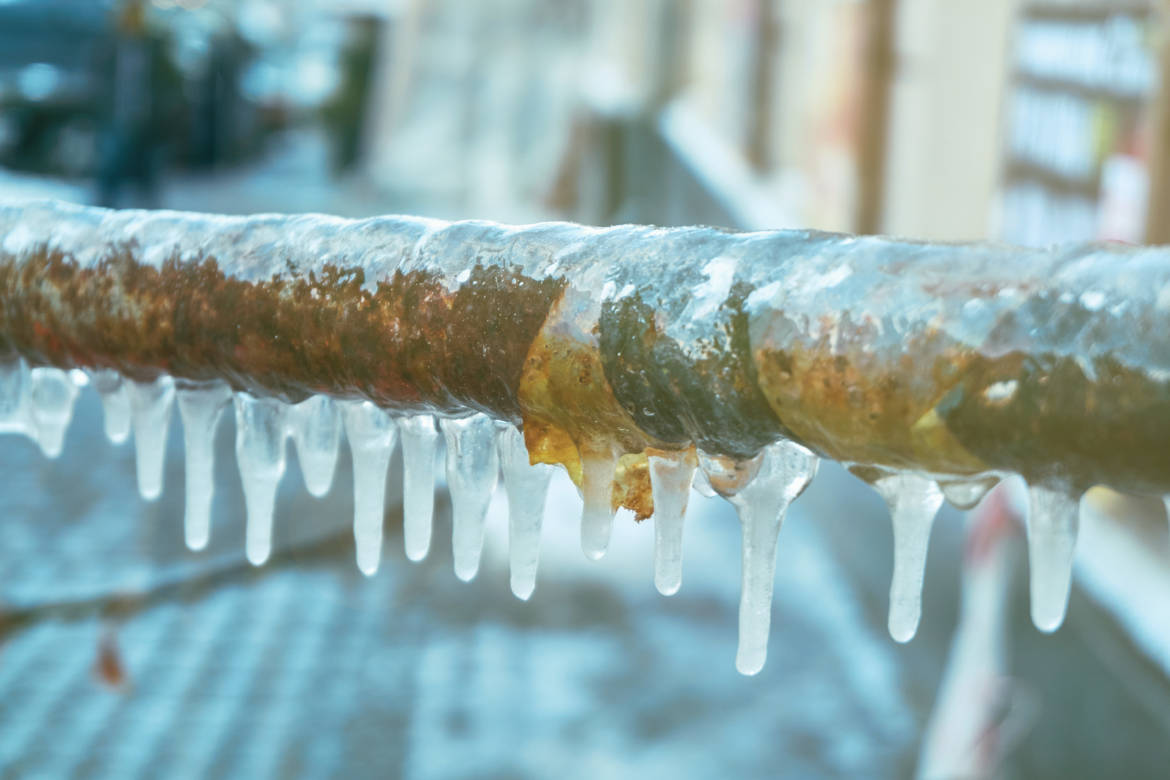Tips to Safeguard Your Pipes from Cold Weather: Professional Guidance
Tips to Safeguard Your Pipes from Cold Weather: Professional Guidance
Blog Article
Right here on the next paragraphs you can get some excellent facts when it comes to How to prepare your home plumbing for winter weather.

Winter can ruin your pipes, specifically by freezing pipes. Below's just how to stop it from occurring and what to do if it does.
Intro
As temperatures decrease, the risk of icy pipelines rises, possibly leading to expensive fixings and water damages. Recognizing exactly how to prevent frozen pipelines is crucial for home owners in cold climates.
Recognizing Icy Pipes
What creates pipelines to ice up?
Pipes ice up when exposed to temperature levels listed below 32 ° F (0 ° C) for extended periods. As water inside the pipelines ices up, it broadens, taxing the pipe walls and potentially creating them to burst.
Dangers and damages
Icy pipelines can lead to water disruptions, building damages, and expensive repair services. Ruptured pipes can flooding homes and cause comprehensive architectural damages.
Indications of Frozen Pipes
Determining frozen pipelines early can prevent them from breaking.
Just how to recognize frozen pipelines
Try to find reduced water circulation from taps, unusual smells or sounds from pipes, and noticeable frost on revealed pipes.
Prevention Tips
Shielding susceptible pipes
Cover pipelines in insulation sleeves or utilize heat tape to secure them from freezing temperatures. Concentrate on pipes in unheated or outside areas of the home.
Home heating strategies
Keep indoor areas properly heated up, specifically areas with pipes. Open up closet doors to enable warm air to flow around pipes under sinks.
Shielding Outside Plumbing
Garden pipes and outdoor faucets
Separate and drain garden tubes before winter season. Install frost-proof faucets or cover outdoor taps with shielded caps.
What to Do If Your Pipes Freeze
Immediate actions to take
If you presume icy pipes, maintain taps open up to soothe stress as the ice thaws. Make use of a hairdryer or towels taken in hot water to thaw pipelines gradually.
Long-Term Solutions
Structural modifications
Think about rerouting pipelines away from exterior wall surfaces or unheated locations. Add extra insulation to attics, cellars, and crawl spaces.
Updating insulation
Buy high-quality insulation for pipes, attics, and walls. Appropriate insulation assists keep regular temperatures and lowers the danger of frozen pipelines.
Conclusion
Protecting against icy pipes calls for positive actions and quick responses. By comprehending the causes, signs, and preventive measures, house owners can safeguard their pipes during winter.
5 Ways to Prevent Frozen Pipes
Drain Outdoor Faucets and Disconnect Hoses
First, close the shut-off valve that controls the flow of water in the pipe to your outdoor faucet. Then, head outside to disconnect and drain your hose and open the outdoor faucet to allow the water to completely drain out of the line. Turn off the faucet when done. Finally, head back to the shut-off valve and drain the remaining water inside the pipe into a bucket or container. Additionally, if you have a home irrigation system, you should consider hiring an expert to clear the system of water each year.
Insulate Pipes
One of the best and most cost-effective methods for preventing frozen water pipes is to wrap your pipes with insulation. This is especially important for areas in your home that aren’t exposed to heat, such as an attic. We suggest using foam sleeves, which can typically be found at your local hardware store.
Keep Heat Running at 65
Your pipes are located inside your walls, and the temperature there is much colder than the rest of the house. To prevent your pipes from freezing, The Insurance Information Institute suggests that you keep your home heated to at least 65 degrees, even when traveling. You may want to invest in smart devices that can keep an eye on the temperature in your home while you’re away.
Leave Water Dripping
Moving water — even a small trickle — can prevent ice from forming inside your pipes. When freezing temps are imminent, start a drip of water from all faucets that serve exposed pipes. Leaving a few faucets running will also help relieve pressure inside the pipes and help prevent a rupture if the water inside freezes.
Open Cupboard Doors
Warm your kitchen and bathroom pipes by opening cupboards and vanities. You should also leave your interior doors ajar to help warm air circulate evenly throughout your home.

I am very fascinated by Prevent Frozen Pipes and I am hoping you enjoyed the new blog post. Those who enjoyed reading our page kindly don't forget to pass it around. Kudos for your time. Please check our blog back soon.
Call Today Report this page